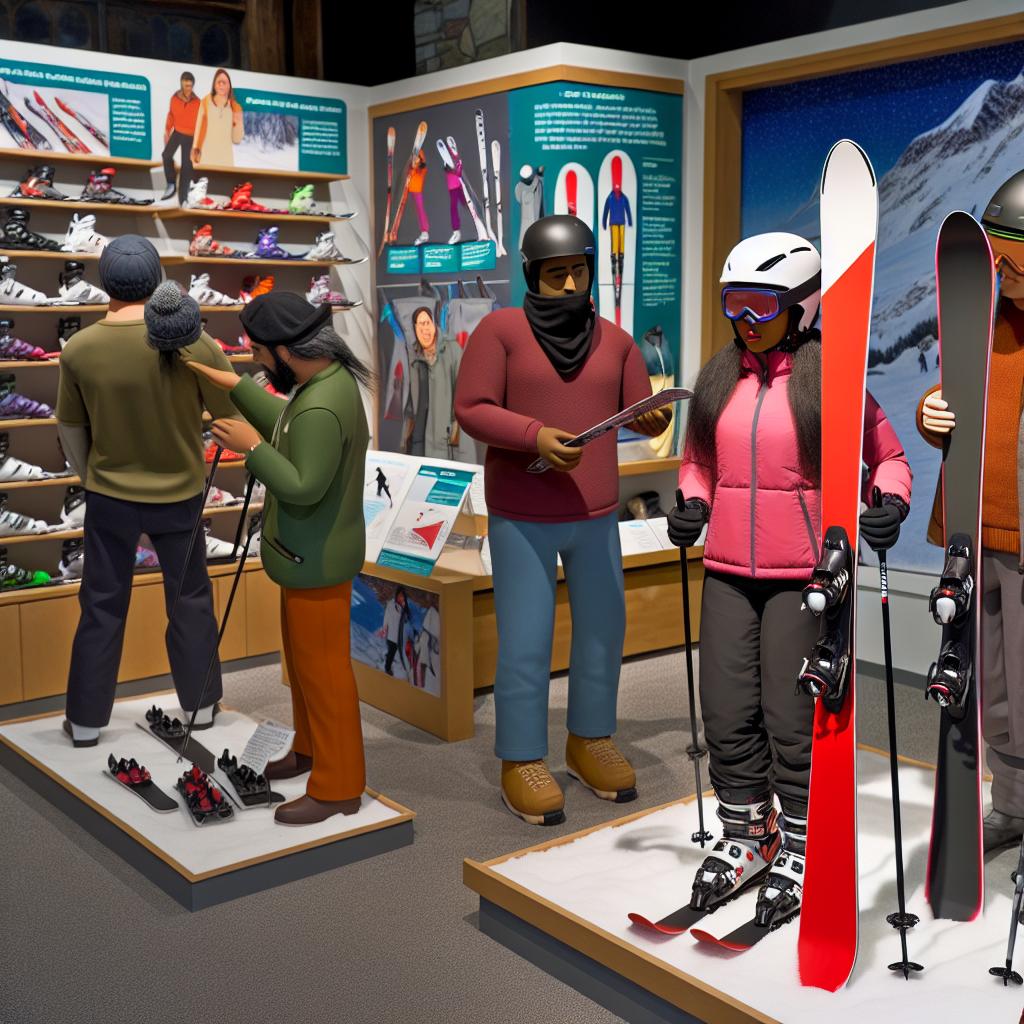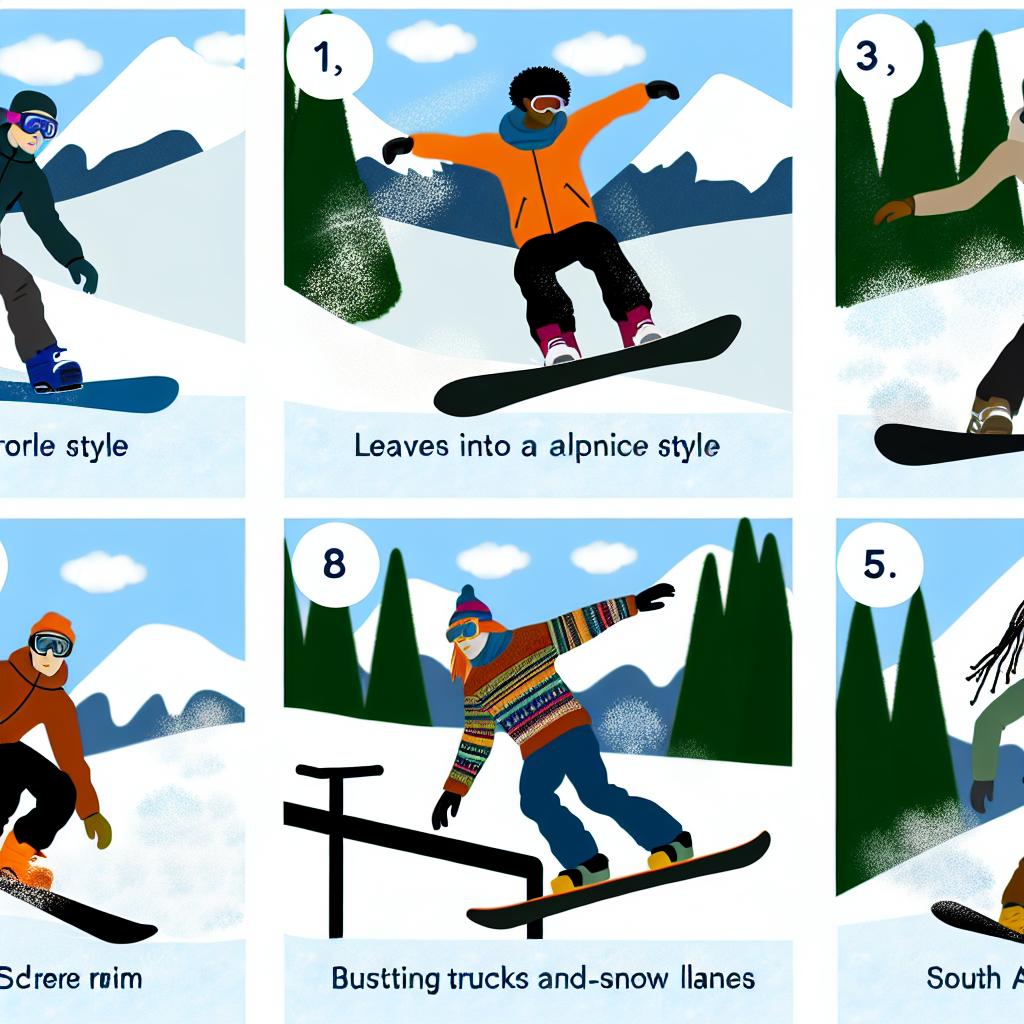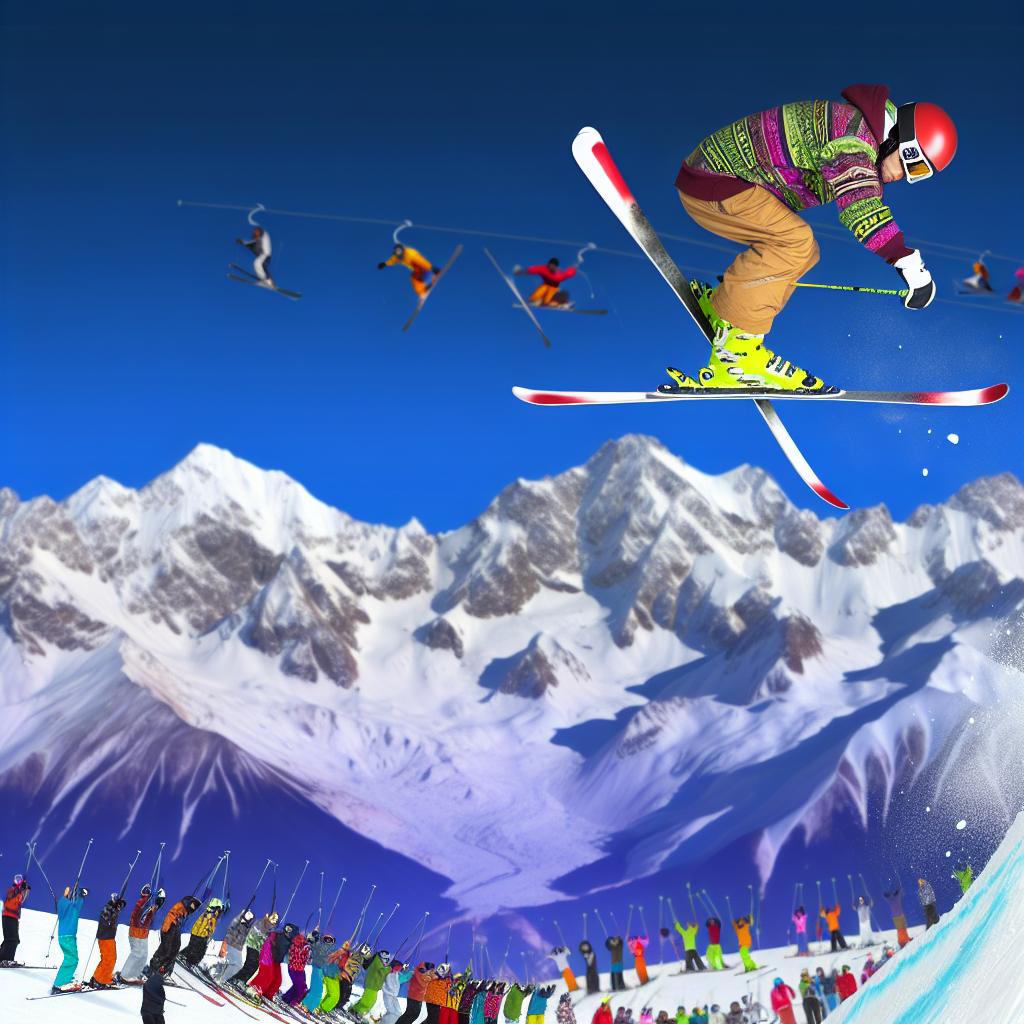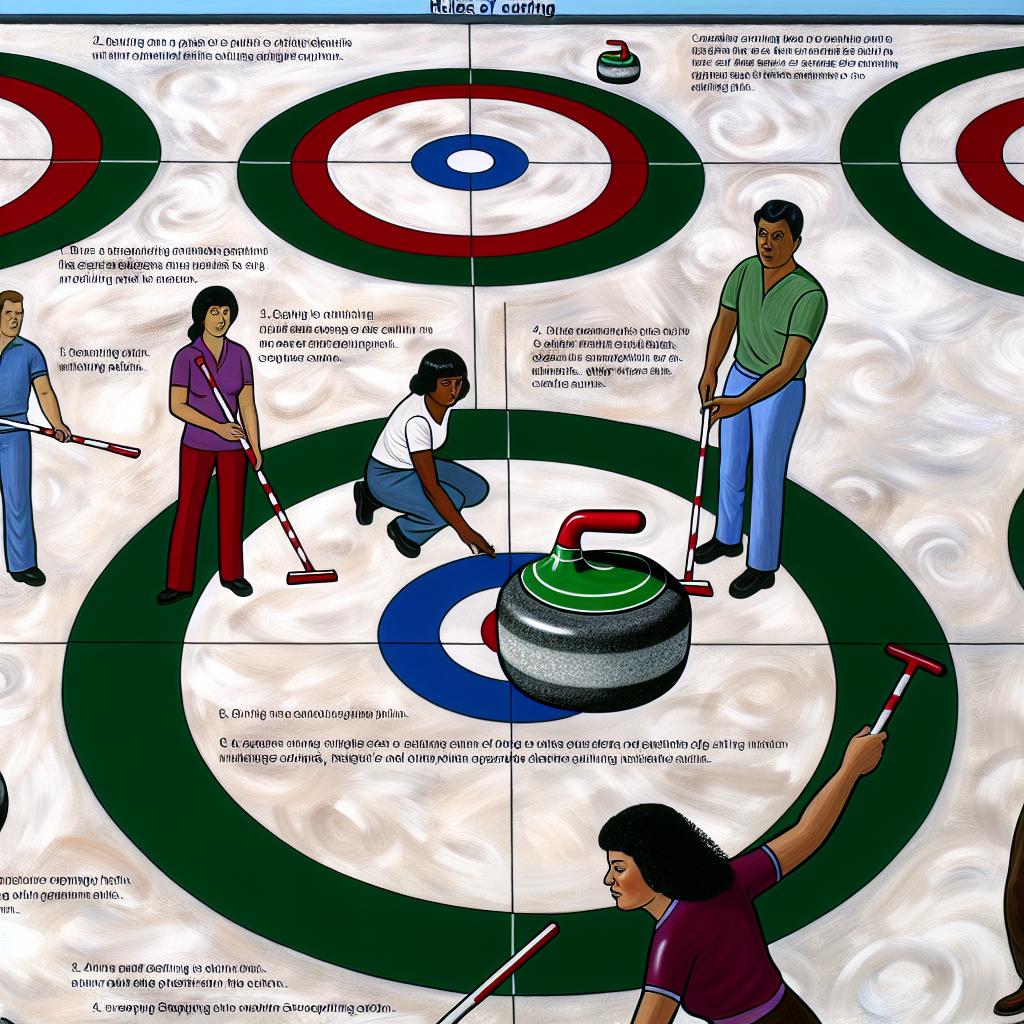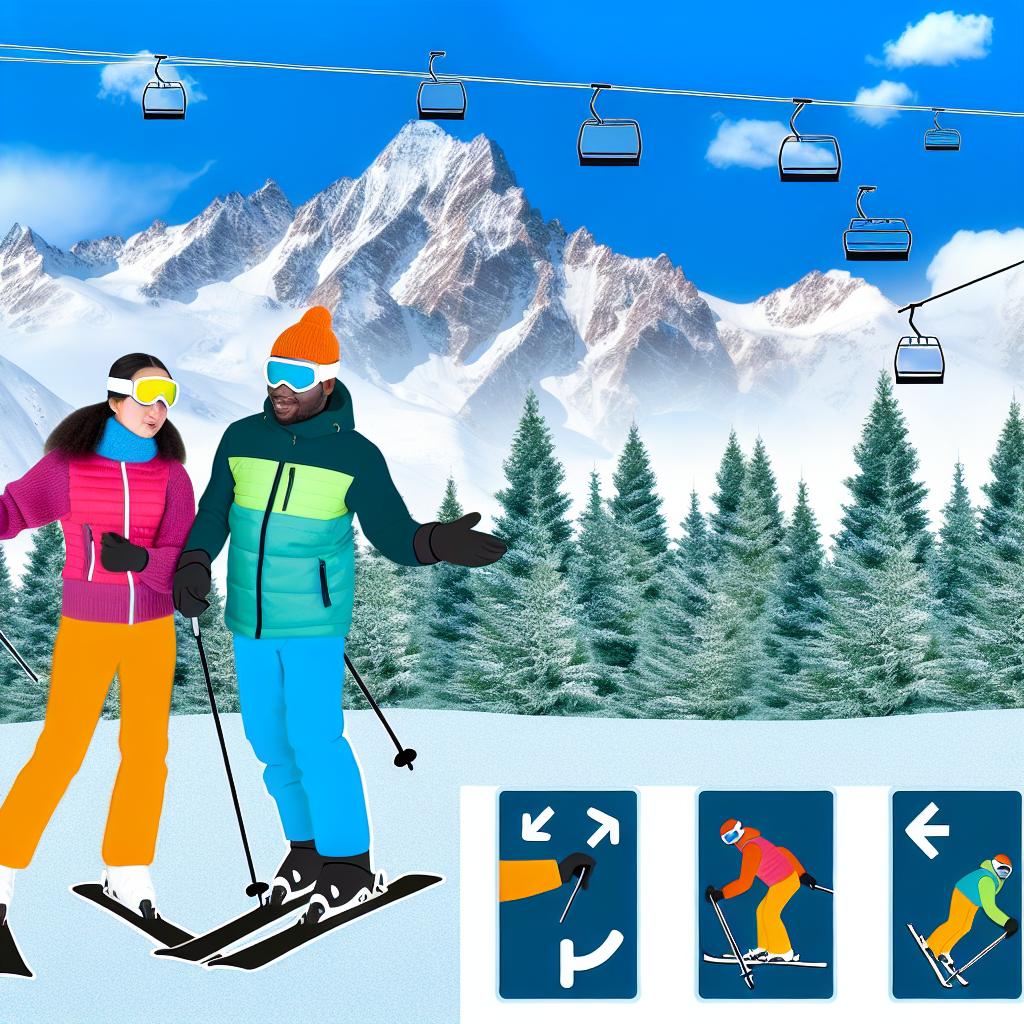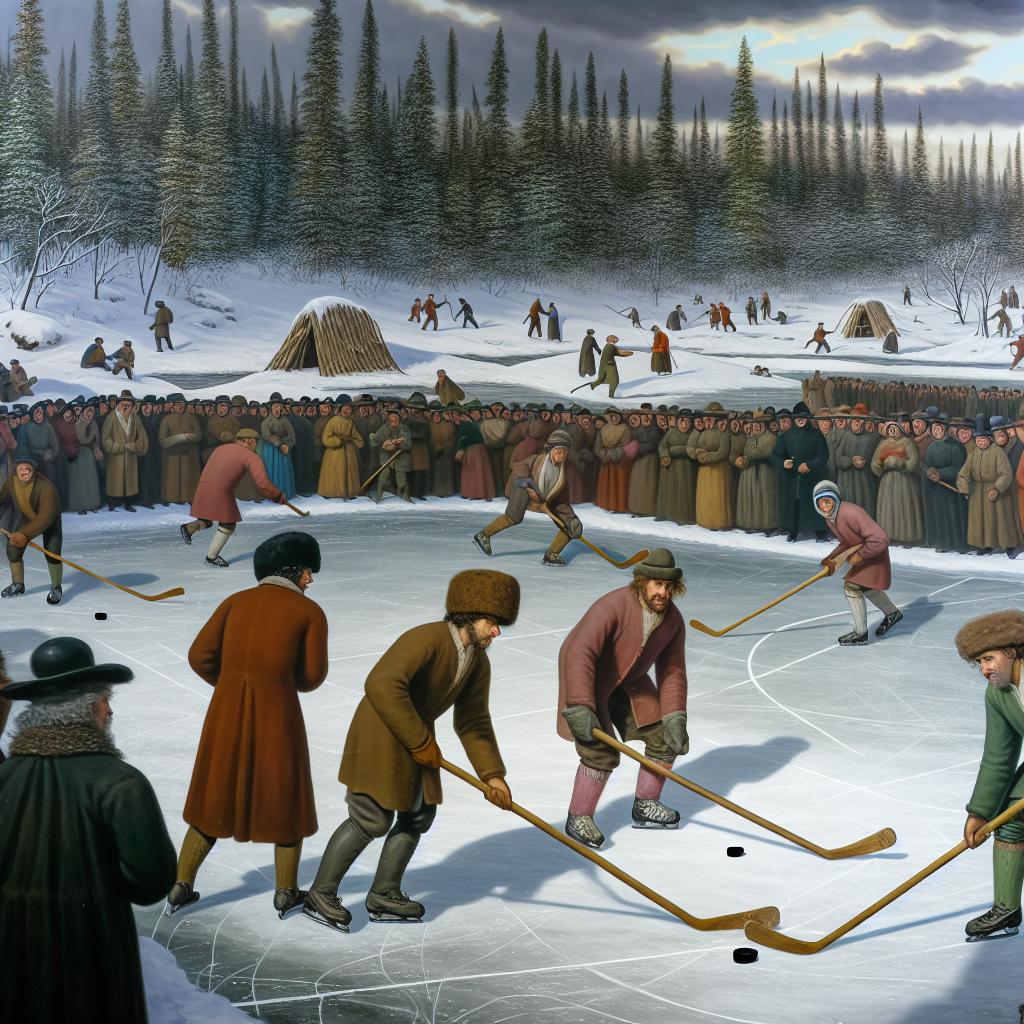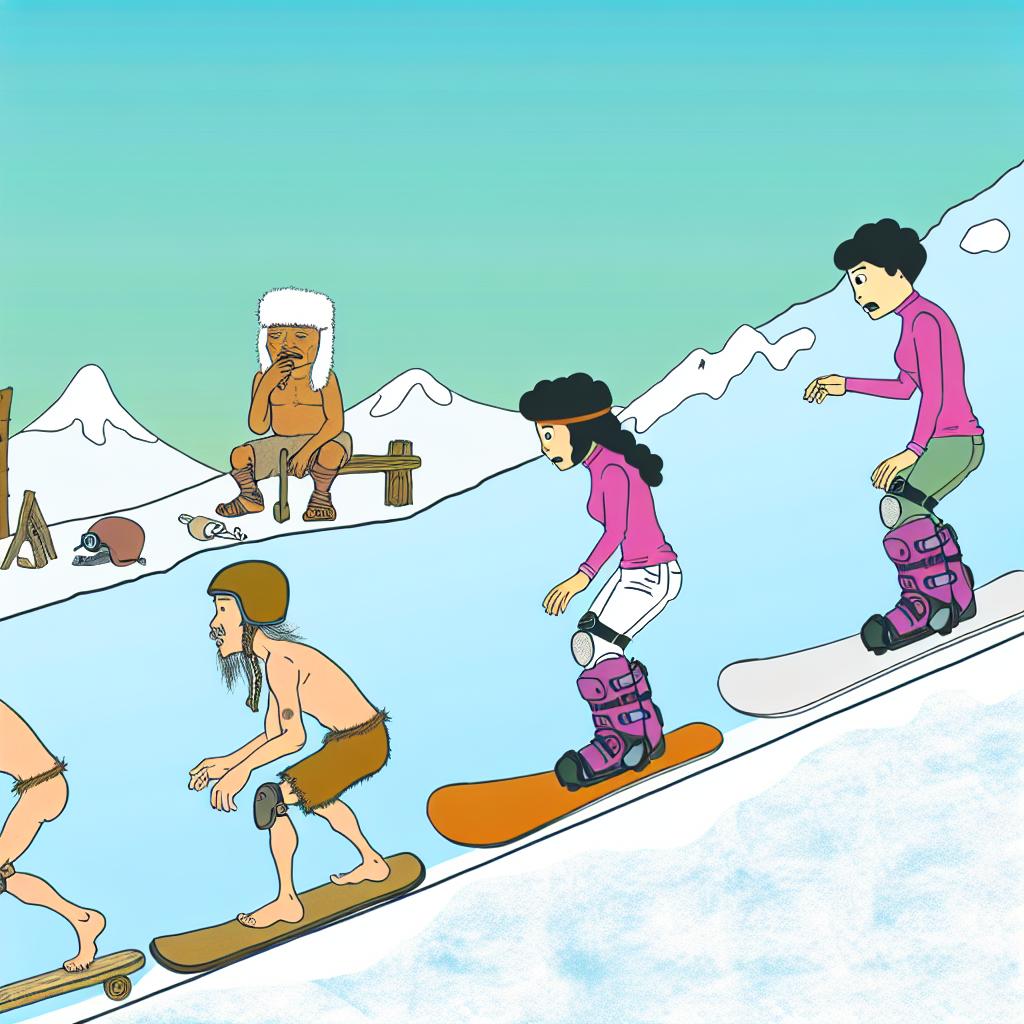The Resurgence of Figure Skating Popularity
The popularity of figure skating has experienced fluctuations over the decades. While once a dominant sport in international competitions, figure skating saw a decline but is now witnessing a resurgence.
Historical Context
Figure skating gained prominence in the early 20th century, with the first Winter Olympics in 1924 boosting its profile. The sport’s aesthetic appeal, combined with its athletic rigor, captivated audiences worldwide. It began as a graceful exhibition of elegance on ice but quickly evolved into a competitive sport that demanded a unique blend of art and athleticism. The athletes of that era laid the groundwork for the multifaceted sport we see today. Through the 1970s to 1990s, figure skating enjoyed a golden era, partly due to the charm of skaters like Katarina Witt and Scott Hamilton. This period was marked by a robust fan base and high television ratings. The performances during this time became cultural touchpoints, highlighting not just the technical prowess of skaters but also their ability to tell compelling stories through their routines.
Factors Contributing to Popularity
One of the key drivers of figure skating’s renewed popularity is increased media exposure. Television and digital media have made competitions more accessible globally, allowing audiences to follow events and athletes more closely. This accessibility has opened the sport to new markets and demographics, providing an opportunity for a broader audience to appreciate the athletic and artistic abilities of figure skaters. Additionally, platforms like YouTube offer extensive archives of performances, which caters to both seasoned fans and newcomers to the sport. These platforms allow fans to relive iconic moments in figure skating history and discover new talents emerging on the scene.
Innovation in Techniques and Presentation
Skaters continuously push the boundaries of technical skill and artistic presentation. The incorporation of complex jumps, spins, and step sequences has kept the sport fresh and exciting. The evolution of these techniques is a testament to the skaters’ dedication to their craft and their willingness to innovate. Programs have evolved to include more storytelling, making performances relatable and engaging, which in turn broadens the audience base. Skaters are now seen as performance artists as much as athletes, and their routines often tell intricate stories or convey deep emotions.
Influence of Reality Television
Figure skating has also benefited from its representation in popular media, including reality television shows. The format of these shows introduces audiences to the intricacies of the sport, from the rigors of training to the excitement of live competitions. These shows often highlight the personal stories of skaters, providing viewers with an intimate look at their lives and struggles. The drama of competition, combined with the relatable journey of each skater, helps draw in casual viewers who may not have been exposed to the sport otherwise.
Role of Technology
Technological advancements have played a crucial role in broadening figure skating’s appeal. Innovations in skate design and rink maintenance have enhanced performance and safety, allowing skaters to attempt more daring maneuvers with greater confidence. Additionally, technology-driven angles and instant replay have enriched the viewing experience, offering detailed insights into every move. These technological enhancements allow audiences to appreciate the technical aspects of a performance that may not be evident in real-time.
Social Media Outreach
The advent of social media has enabled skaters and organizations to reach a vast audience. Platforms such as Instagram and Twitter allow athletes to share personal insights and behind-the-scenes content, deepening fan engagement. Skaters can showcase their personalities and training regimens, creating a connection with their audience that transcends the competitions themselves. The interactive nature of social media encourages fan interaction, which can amplify the reach and impact of figure skating in popular culture.
Global Competitions and Events
Major events like the Winter Olympics, World Championships, and Grand Prix series sustain interest in the sport. These competitions bring together top skaters from around the world, showcasing a wide range of skills and styles that resonate with diverse audiences. The international nature of these events highlights the global appeal of figure skating and the unique cultural contributions that different nations bring to the sport. For more information on international figure skating competitions, you can visit the official ISU (International Skating Union) website.
Future Prospects
Looking forward, the potential for figure skating remains promising. Continued innovation, along with strategic promotion and community building, will be critical to maintaining and expanding its global allure. There is a growing interest in how technological advancements, such as virtual reality and enhanced analytics, might further revolutionize the way audiences engage with live performances. Aspiring skaters and interested audiences alike have the opportunity to partake in this dynamic and evolving sport. As a new generation of skaters emerges, bringing creativity and renewed passion, the future of figure skating looks bright. The sport’s ability to adapt and evolve will ensure it remains relevant and captivating for years to come.

